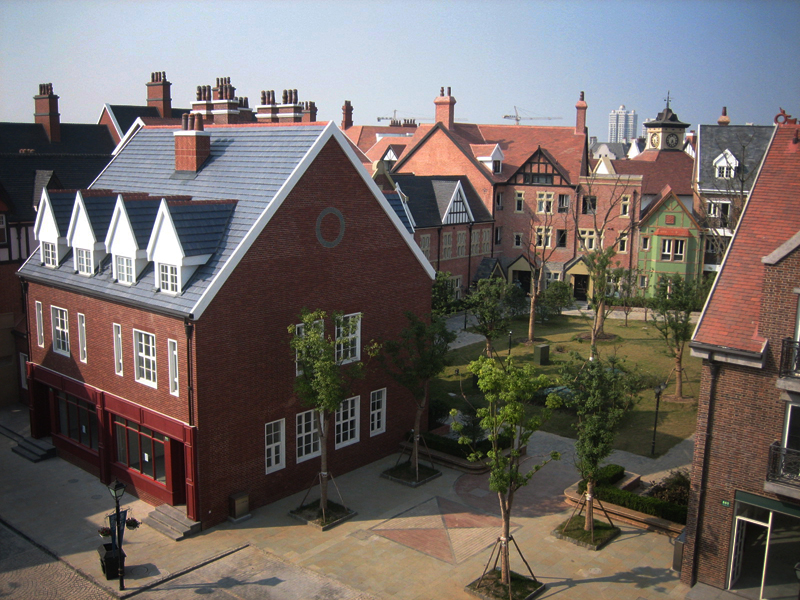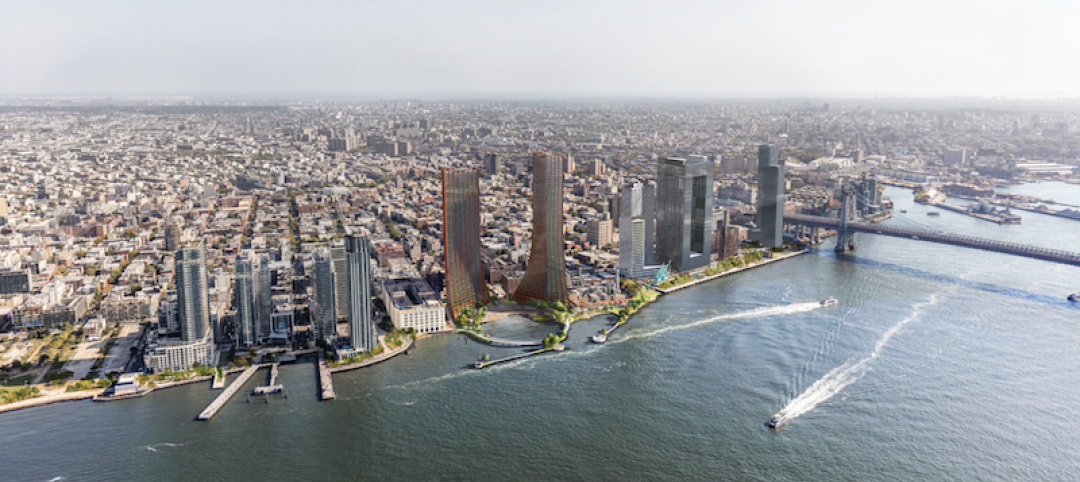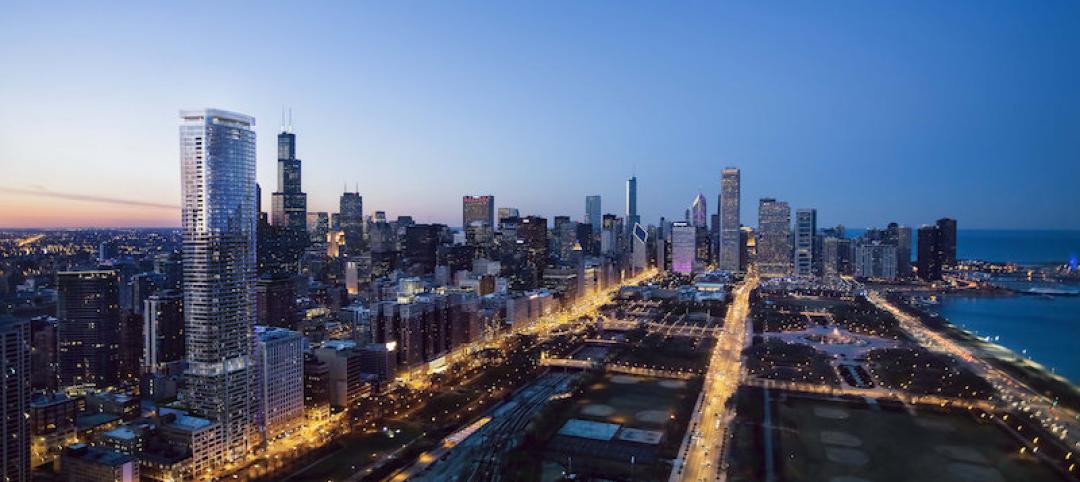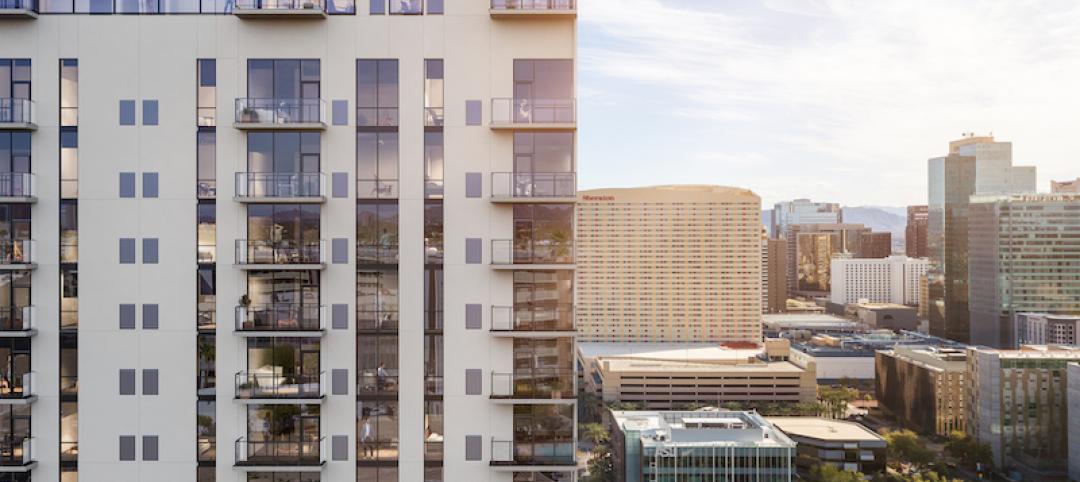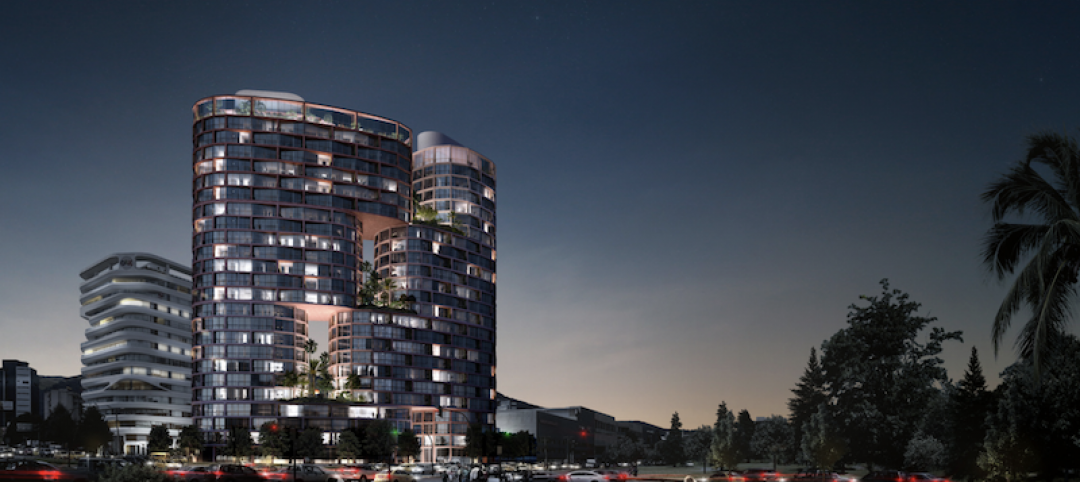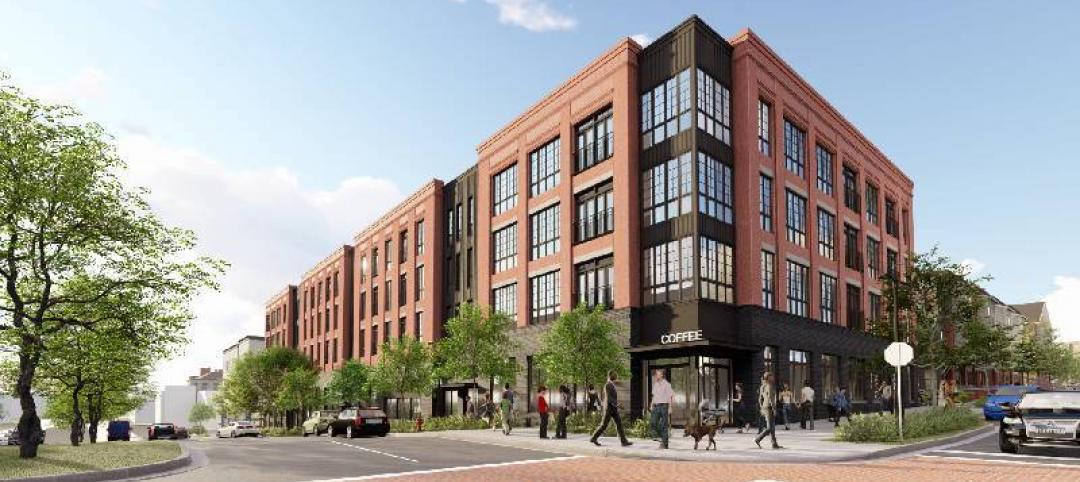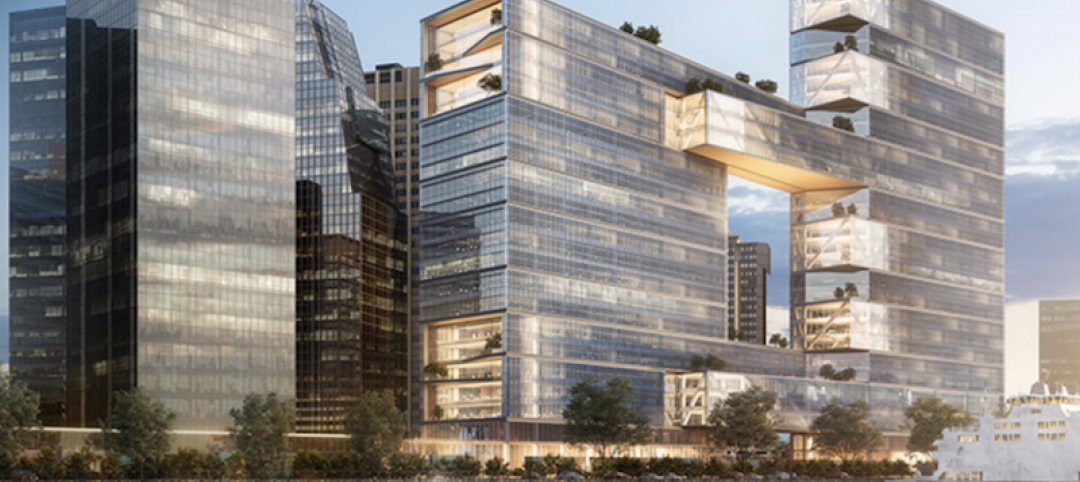Construction in China continues to boom at a rapid pace, even without 3D printers that can print a skyscraper in just 19 days.
Developers and local governments in China are known for building master planned developments from scratch, but as Forbes contributor Kenneth Rapoza points out, many of them today are still ghost towns.
“From shopping malls to soccer stadiums, hundreds of new cities in China are largely empty. And yet more cities are still being built deep in the heart of the country,” Rapoza writes.
The city of Ordos, in China’s province of Inner Mongolia, is an example of such city. It made headlines in Western media after journalist Wade Shepard featured the city in his book, “Ghost Cities of China.”
Time magazine published a web slideshow of Kangbashi District in Ordos, with photography by Michael Christopher Brown. It shows swaths of subdivisions, mid-rise apartments, and commercial complexes built to entertain and accommodate a population the size of San Diego, but remains nearly empty.
Yet under-occupancy doesn’t seem to deter development. Last week, renderings started to circulate online of a walkable, terrace-shaped exhibition hall that Chinese practice Kuanlu Architects designed for Otog, also in Ordos.
“China’s continued urbanization push can be viewed as a full-on effort to develop an insulated economy that’s based on domestic production delivering goods and services to domestic consumers,” Rapoza writes, adding that it is a result of economic crises in the U.S. and E.U. taking a toll on China’s economy.
Related Stories
Mixed-Use | Dec 18, 2019
BIG unveils River Street Waterfront Master Plan for Williamsburg
The project is a collaboration between BIG, Two Trees Management, and James Corner Field Operations.
Mixed-Use | Nov 26, 2019
Chicago’s first citizenM hotel to be part of Sterling Bay’s mixed-use Michigan Ave. development
bKL will serve as the project’s lead architect.
Multifamily Housing | Oct 25, 2019
Chicago’s long-gestating luxury condo tower nears construction
Helmut Jahn designed the project.
Mixed-Use | Oct 22, 2019
The LINK PHX mixed-use development opens in Downtown Phoenix
Shepley Bulfinch designed the project.
Mixed-Use | Oct 18, 2019
BIG designs new vertical neighborhood for South America’s greenest capital
The project is Bjarke Ingels Group’s second in Ecuador.
Mixed-Use | Oct 16, 2019
River Rock mixed-use community breaks ground in Chattanooga
The Beach Company is developing the project.
Mixed-Use | Oct 15, 2019
Skybridges connect SOM’s two trapezoidal Buenos Aires towers
The project aims to become the center of activity in the city’s Catalinas Norte business district expansion.
Mixed-Use | Oct 9, 2019
OMA’s KaDeWe combines retail, a hotel, and a rooftop park in one building
The project will establish urban connections and public spaces through its own internal organization.
Mixed-Use | Oct 1, 2019
KPF breaks ground on West Lake 66 mixed-use development in Hangzhou
The project hopes to reinvigorate the city’s deteriorated surrounding blocks.
Mixed-Use | Sep 16, 2019
Heatherwick Studio designs a giant planted pergola in Tokyo’s Toranomon-Azabudai district
Japan’s tallest skyscraper, designed by Pelli Clarke Pelli, is also part of the district’s redevelopment.


